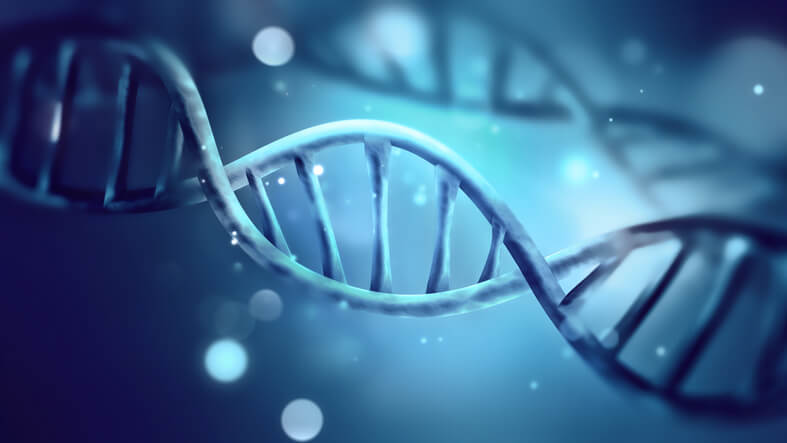Introduction to dNTP’s
dNTP stands for deoxynulceoside triphosphate. dNTP’s are what make up one of the four macromolecules of life, nucleic acids. A nucleoside is a molecule that consists of a ribose (sugar) bound to a nitrogenous base. On dNTP’s the ribose is actually a deoxyribose because it lacks an oxygen atom on the second carbon position. There are four dominant types of nitrogenous bases that define the type of dNTP it is, they are A,T,C,G. The triphosphate is the three phosphate groups that bind the ribose as well. Our DNA is made up of these dNTPS, A binding favorably to T and C binding favorably to G. In addition to their role in the genetics of nature, dNTP’s are also used as a tool for polymerase chain reactions (PCR). Let’s discuss how PCR works and how dTNP’s are used for it.
What is PCR and why do it?
As the name describes, PCR involves a polymerase working on a chain of reactions. The goal of PCR is to take a nucleic acid of interest and amplify it, or in other words make more copies of a certain nucleic acid in a solution. Why would you want to do this? An important example is testing for SARS-CoV-2 during the coronavirus pandemic. For monitoring the virus and controlling it’s spread, we needed to know if people have it. A nasal swab is taken from a person to see if viral materials can be found in the respiratory pathway. The amount of viral genetic material in this sample can be very low so PCR is used to increase the amount of material in the sample while detecting it’s presence.
PCR protocol and using dNTP for PCR
- To start your PCR you will want to isolate the nucleic acid from your swab sample. You can read about how to get a quality nucleic acid sample from your swab in our article "nucleic acid isolation".
- Next you want to add your primers. Primers will be pre-designed nucleic acid chains that are highly specific to your DNA or RNA of interest that you want to amplify. There are computer programs that can help you design a primer of ideal size and specificity. Primers are where your polymerase will start copying the nucleic acid strand.
- You will also add your dNTPs. If you are trying to copy an entire strand of RNA/DNA, you will typically add a total of 1mM dNTP, or 200μM of each of the four dNTPs.
- The final item is to add your polymerase, which will act as your molecular copying machine to create copies of your nucleic acid.
- Now you will put your sample into a PCR machine, also known as a thermocycler (a machine that cycles through programmed temperatures).
- The first step of the thermocycler will be increasing the temperature to denature any duplexes.
- Second you will lower the temperature from around 95 to 5 degrees celsius below the calculated primer melting temperature to allow the primers to bind to your nucleic acid of interest.
- Third you will allow the polymerase to extend the DNA off of the primer at 68 degrees celsius. The more times you run through the steps 6-7 the more copies of your DNA you will produce.
dNTP’s are an essential part of primer extension in PCR. They can be purchased commercially and are often available as part of a PCR kit.
Related news
- Aspects of available Chemiluminescent immunoassay (CLIA) kits in the market
- Streptavidin HRP
- Preliminary considerations for CLIA design





